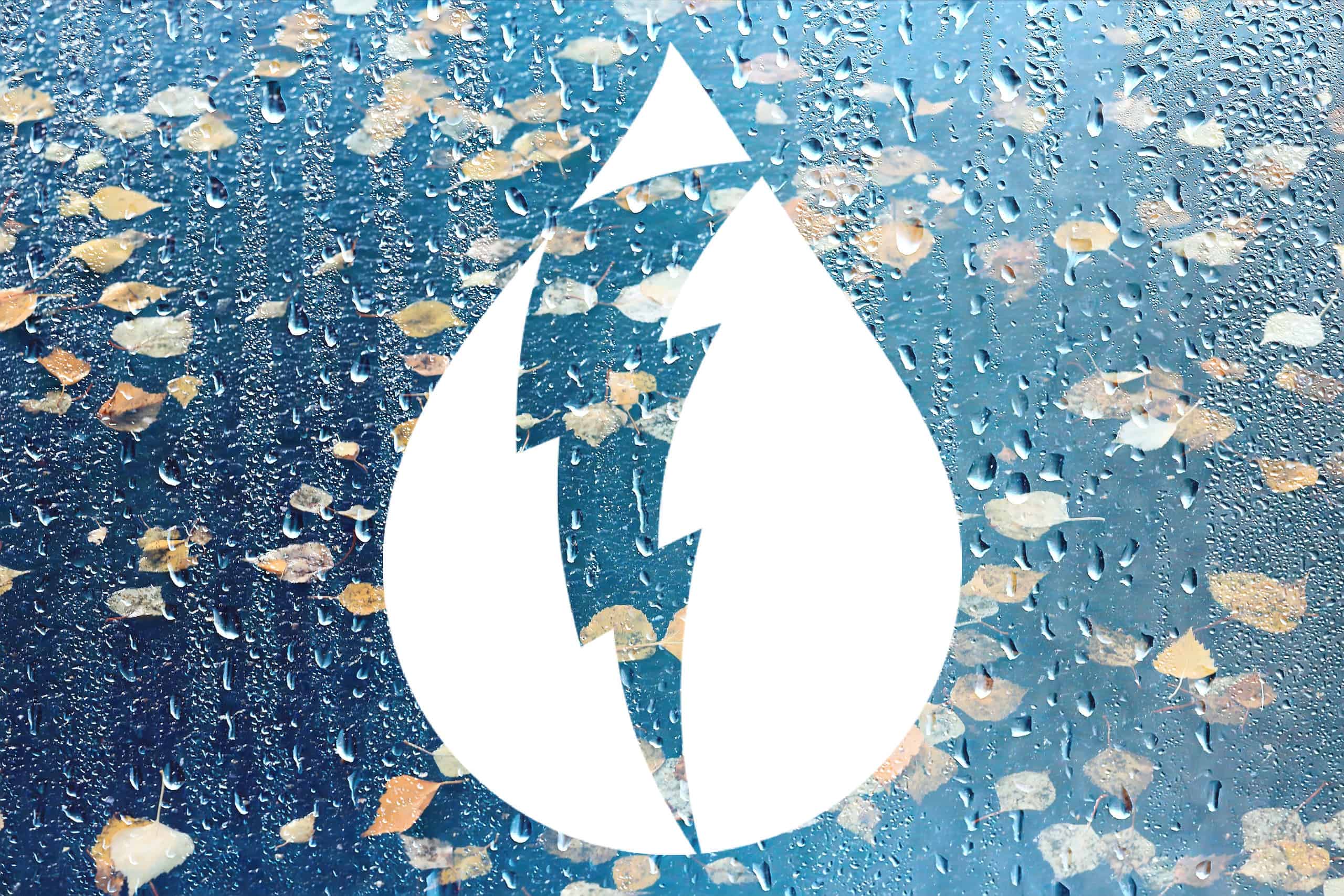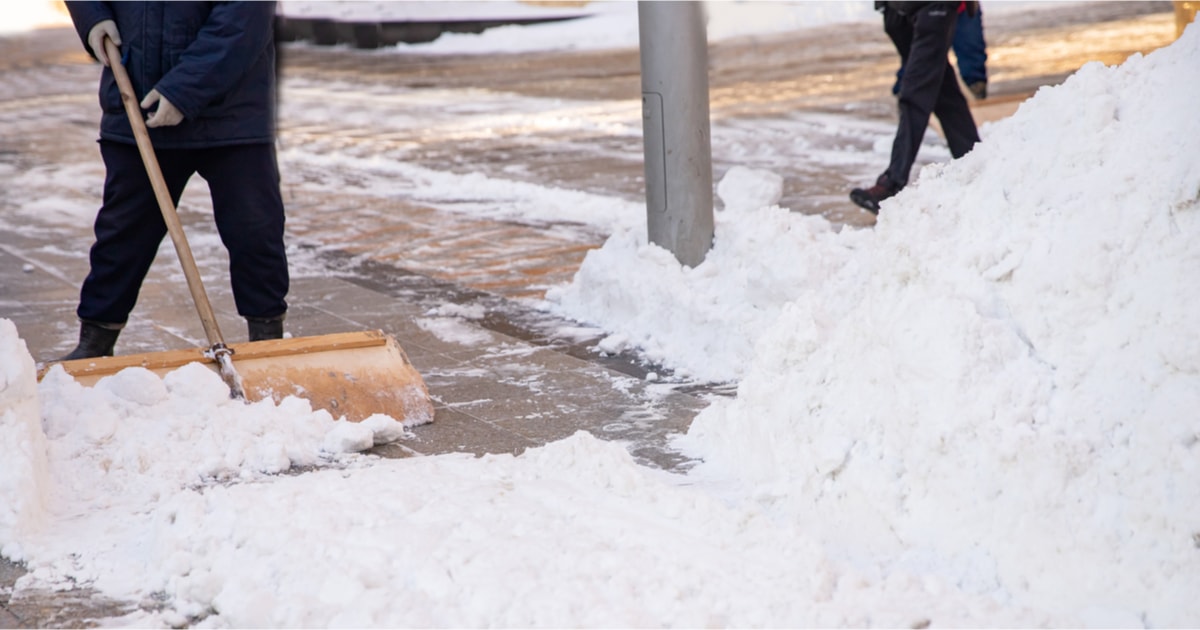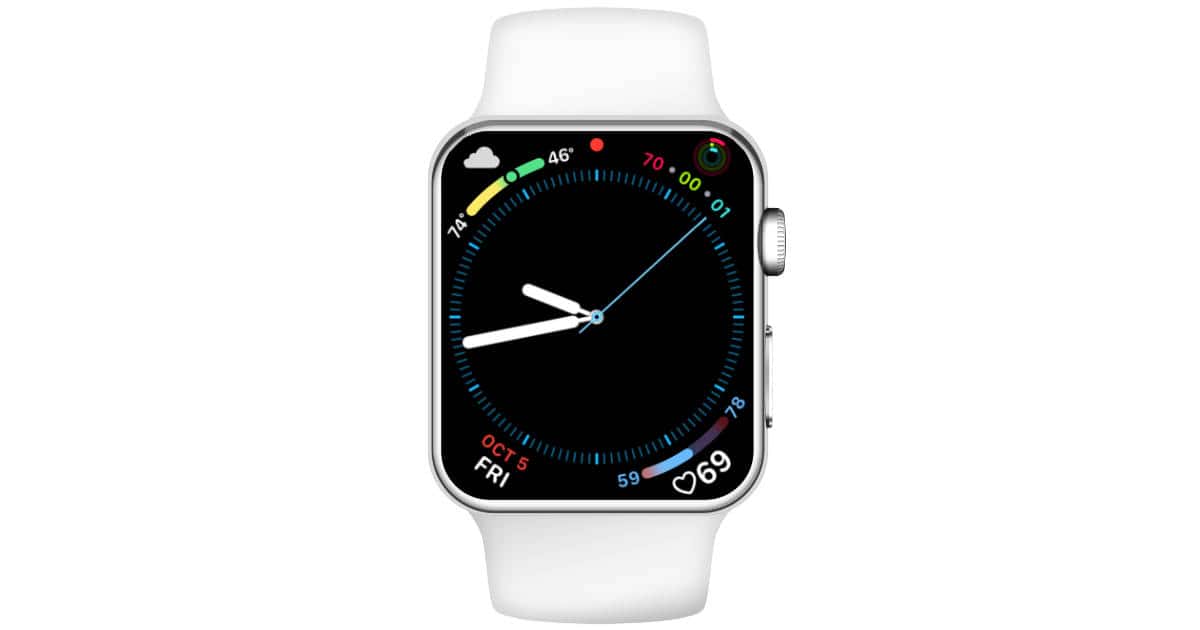Receiving alerts in times of varying weather conditions is useful. Here are steps on what to do when weather alerts on iPhone are not working.
weather
Issues with Unions and Cross Promotion - TMO Daily Observations 2022-11-04
The first Apple Store union in the US has a formal complaint against Apple. TMO Managing Editor Jeff Butts brings us the story. Then, cross promotions are making Ken cross. Changes to the Weather app and Apple TV prompt the question – Are Apple Services sinking under the weight of their synergies?
Dark Sky Weather App Going Away Soon, But It’s Mostly Integrated Into iOS 16
With more of its functionality integrated to iOS 16, Apple-owned weather app Dark Sky will go away after the end of 2022.
Apple Maps Now Includes Crimea as Ukraine Outside of Russia
Apple’s Maps and Weather apps are now listing Crimea as part of Ukraine when accessed outside of Russia, a change possibly made recently.
A Little Notification Goes A Long Way – Mac Geek Gab 908
Did you know you could create a reminder from macOS Mail? How would you like to learn about three new ways to toggle Do Not Disturb? Or a solution for dictating emojis? All this and more in just the first Quick Tips segment of the show. Then John and Dave are on to answering your questions about managing media, tweaking your AirPods, managing your Mac’s thermal limits, and wrapping up with some Cool Stuff Found. Press play and enjoy learning five new things with your two favorite geeks!
Turn On Rain and Snow Notifications in iOS
If you want rain and snow notifications to help plan your day, you don’t need a special app. The Weather app in iOS has your back.
What the Chance of Rain in Weather Really Means
Ever wonder why the chance of rain is forecast as 100%, but you don’t see a drop? Well, it all comes down to what that number really means. Jeff Butts explains what meteorologists are really saying in your local forecast.
AccuWeather Creates Alert System Exclusively for T-Mobile Customers
AccuWeather announced a new alert system called AccuWeather Alerts. Exclusively for T-Mobile customers, it pushes severe weather alerts for iPhones and Androids.
With this newly developed system, T-Mobile customers can received Up to the Minute alerts that read “Severe Weather Potential,” “Severe Weather Threat,” and “Dangerous Weather Imminent!” on their iOS or Android mobile phones for free. Integrated into AccuWeather’s award-winning app, these alerts provide details on upcoming and developing severe weather events, including notifications for hurricanes, snow, tornadoes, flooding, hail, heatwaves, cold waves and other types of threatening weather.
Could BreezoMeter’s New Wildfire Tracker Come to Apple Weather?
BreezoMeter has launched a Wildfire Tracker that provides real-time detection of wildfire perimeters.
It's Never 69 Degrees on the Apple Weather App
Apple’s native Weather app won’t ever give the temperature as 69 degrees, The Verge reported. Yes, it’s worth a giggle, bu there’s a couple of explanations as to why this might be.
It’s not clear if this is a bug or an intentional attempt from Apple to cut down on 69-related humor. The rounding is only visible in the weather app itself: clicking through to Apple’s source data from Weather.com will show the proper temperature, as do Apple’s home screen widgets. But the iOS weather app will refuse to show 69 degrees anywhere in the forecast, whether it’s for the current temperature, the hourly forecast for the day, or the extended forecast. A possible explanation for the issue (as pointed out by several people on Twitter) is that Apple may be sourcing data for its iOS Weather app in Celsius and then converting it to Fahrenheit. For example, 20 degrees Celsius converts to 68 degrees Fahrenheit, while 21 degrees Celsius converts to 69.8 degrees Fahrenheit — which rounds up to 70 degrees Fahrenheit. The app appears to have similar issues with temperatures like 65 degrees (where 18 degrees Celsius converts to 64.4 degrees Fahrenheit, while 19 degrees Celsius is 66.2 degrees Fahrenheit).
[Updated] iPhone Weather App Now Showing Next-Hour Snow, as Well as Precipitation, Information in UK
Next-hour precipitation and snow information is available in the iPhone Weather app for users in the UK, Ireland, and other places in Europe.
ClimaCell Aims to Replace Dark Sky’s Weather API
After Apple acquired Dark Sky, one announcement noted that its weather API would no longer be available. ClimaCell recently upgraded its API with new features and pricing, hoping to entice developers. The company has some impressive clients it works with, like the U.S. Air Force, Ford, United, Delta, and others. One new feature is a new data layer to track pollen.
With more than 50 million Americans allergic to some form of pollen, this proprietary index includes data on when airborne irritants are in season to inform people who suffer from pollen-related aggravations, such as asthmatics. API users can add this data layer into their app to offer users alerts when pollen levels are high.
Good news for developers. ClimaCell tells me they had been upgrading their weather API when the news of Dark Sky’s acquisition hit.
This Year's iPhone, Dark Sky by Apple – TMO Daily Observations 2020-04-01
Bryan Chaffin and Charlotte Henry join host Kelly Guimont to discuss Apple’s release of a an iPhone in 2020 (or not), and Apple’s acquisition of weather app Dark Sky.
Apple Acquires Weather App ‘Dark Sky’
On its blog today, Dark Sky announced that it has been purchased by Apple. The iOS app will continue to be available in the App Store.
iOS 12.2: What Does AQI in Apple Maps Mean?
Yesterday Andrew discovered something new in iOS: AQI in Apple Maps. It’s a new feature that came with iOS 12.2. Here’s what it means.
Civilization VI Expansion Pack to Add Climate Change
It adds a ton of content to the game, like a Diplomacy victory, new civilizations, and climate change.
How to Use Maps on Your iPhone to See the Hourly Weather Forecast
You can use Apple’s Maps app on your iPhone to see the local hourly forecast without having to use the Weather app. Here’s how.
Dark Sky gets Apple Watch Series 4 Complications
Dark Sky, my favorite local weather app on the iPhone, was updated on Thursday with new complications for Apple Watch Series 4. That means fans of the Infograph watch face get a slick complication that matches the new look Apple is pushing. It looks like the update also fixed a problem where the app defaulted to New York City for forecasts, which kind of defeated the purpose of hyper-local data. Dark Sky costs US$3.99 and is available on Apple’s App Store. The update is free for current users.
Here's Why I Love iStat Menus 6's Weather Forecast
It’s a small thing, to be sure, but when Bryan Chaffin get up to work, he’s found himself immediately drawn to it, sitting all sweet and pretty in his Mac’s Notifications.
TMO Background Mode Interview with iOS & Android Indie Developer Graham Dawson
Graham Dawson is an iOS and Android indie developer who specializes in meteorological and astronomical reference apps. He’s the founder and director of Ajnaware Pty, Ltd in Australia and publishes apps under the name ozPDA. Graham holds a B.Sc. in physics and meteorology, and a Ph.D. in oceanography. Graham told me about his early interest in weather thanks to extreme conditions, especially snow. That’s because, in his youth, he was skiing in Switzerland. Soon he had a weather observation station in his backyard, and he could think of nothing else as he entered his undergraduate years. Today, he publishes a wide range of apps related to the sun, moon, wind, weather and time. Some feature augmented reality. Thanks to his academic background, these apps have rock solid computational credentials. Graham told me how it all came to be.









![[Updated] iPhone Weather App Now Showing Next-Hour Snow, as Well as Precipitation, Information in UK](https://www.macobserver.com/wp-content/uploads/2021/02/next-hour-precipitation-iPhone-weather-app.png)







